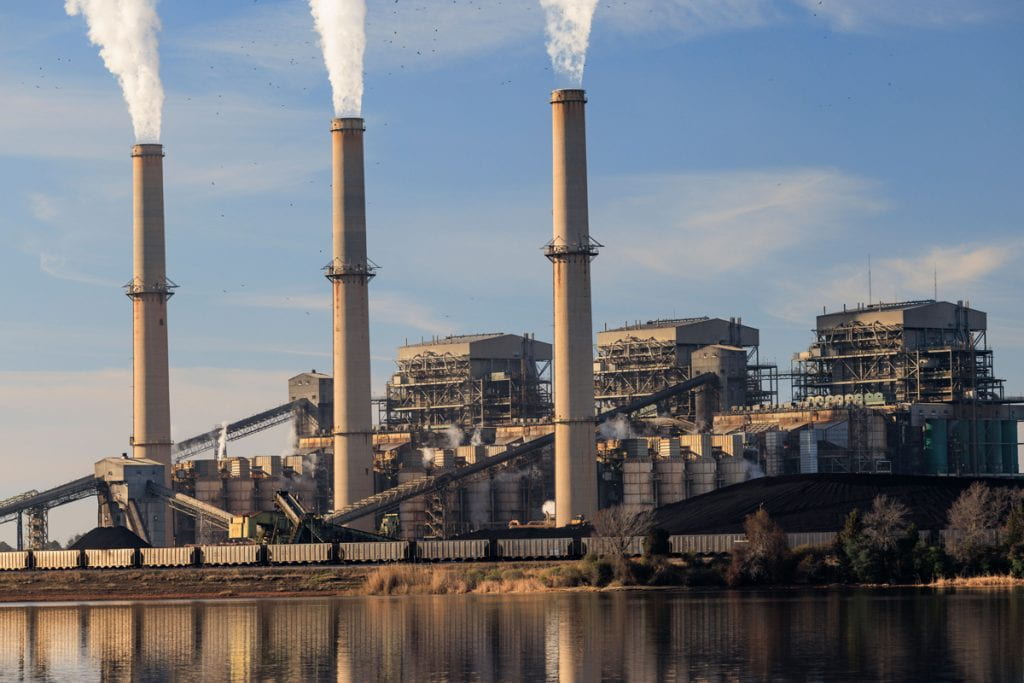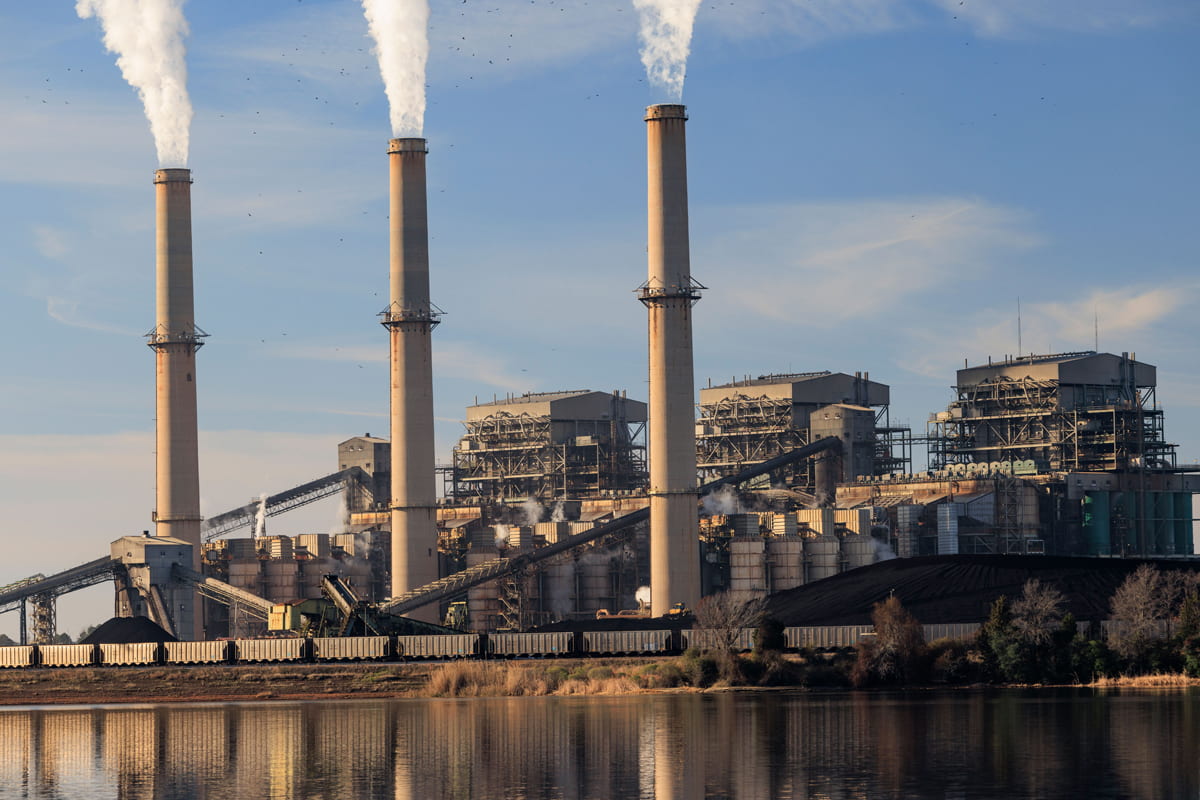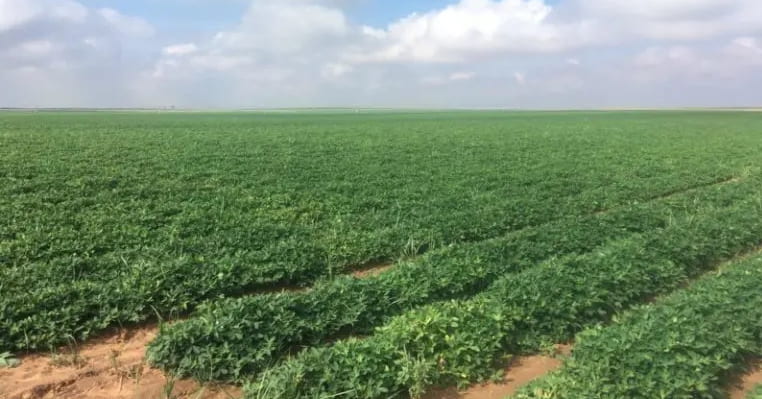With 38 public universities and 35 private colleges and universities in the state and many more across the country (and the world) interested in Texas, there’s a great deal of academic scholarship focused on water in the Lone Star State. In this column, I provide brief summaries of several recent academic publications on water in Texas.

While this article is not specific to Texas, it involves Aggies and two of the four case studies are local (El Paso and San Antonio). The authors investigated the cost-effectiveness of switching thermo-electric power from traditional wet-cooling to dry-cooling. They found a wide range in retrofitting costs from $0.04 to $18 per cubic meter ($49 to $22,000 per acre-foot in ‘murican units) but a more defined range for new electric generators of $1.29 to $2.24 per cubic meter ($1,600 to $2,800 per acre-foot). By comparing costs to those in the state water plan, they conclude that retrofitting is a cost-effective strategy (although I reckon that $22,000 per acre-foot is a wee bit on the high side of affordability). The authors also looked at how climate change might affect the economics, finding that a warming climate could increase water use for thermos-electric power by up to 9.3%. This increased water use brings the cost of converting from wet-cooling to dry-cooling down.
Citation
Yang, Y., Fei, C.F., and McCarl, B.A., 2023, Changes in electrical generator cooling systems—Are they cost-effective sources of water now and under climate change? Journal of the American Water Resources Association, DOI: 10.1111/1752-1688.13111
Occurrence and removal of fecal bacteria and microbial source tracking markers in a stormwater detention basin overlying the Edwards Aquifer recharge zone in Texas
As development spreads across the Central Texas landscape, it invariably finds itself atop a recharge zone for an aquifer or in a watershed. Along with growth comes an increase in stormflow and all the nasty things that are carried along with those flows. Many new developments today have stormwater retention ponds, which slow the movement of stormwater, providing flood and water quality benefits.
The authors investigated pathogens in inflows and outflows in a concrete stormwater retention pond in northern Bexar County. They found all sorts of nasties in the inflows, including E. coli, Enterococcus, and fecal DNA markers for dudes, dogs, and dinosaurs (I’m using dudes here in the 1990s non-gendered form; dinosaurs = birds). E. coli and Enterococcus appeared after every event, while DNA-tagged fecal matter showed up 91% of the time after storm events for birds, 46% of the time for dogs, and 17% of the time for humans. The outfall of the storm retention system had lower levels of E. coli and Enterococcus but not for the DNA markers for dudes, dogs, and dinosaurs.
Citation
Flores, M.E., Jafarzadeh, A., Moghadam, S.V., Vadde, K.K., Dhar, D.A., Nunu, R.R., and Kapoor, V., 2023, Occurrence and removal of fecal bacteria and microbial source tracking markers in a stormwater detention basin overlying the Edwards Aquifer recharge zone in Texas: Environmental Science and Pollution Research, 30:103836–103850 https://doi.org/10.1007/s11356-023-29636-w
Elevated [CO2] enhances soil respiration and AMF abundance in a semiarid peanut agroecosystem
A peanut farm in Lubbock, Texas.
Besides eating them and slapping their shells to the floor of dive bars, I don’t know boo about peanuts, and this paper gets agronomically complicated real quick. In short, the authors look at how increasing carbon dioxide levels, particularly in soils, might affect peanut production in West Texas. Interestingly, they increased carbon dioxide levels in a field in the field using a fancy-schmancy box tent. They found that increased carbon dioxide had no significant effect on soil moisture and soil biology but that it did increase soil temperature (1.8 °F) and soil respiration (82%). Increased carbon dioxide affected (and did not affect) some other stuff, but I have no idea what they are and what they mean. In all, it looks like increased carbon dioxide could be good for peanuts (assuming, I reckon, that the rainfall keeps coming or the aquifers keep producing).
Citation
Laza, H.E., Acosta-Martinez, V., Cano, A., Baker, J., Mahan, J., Gitz, D., Emendack, Y., Slaughter, L., Lascano, R., Tissue, D., and Payton, P., 2023, Elevated [CO2] enhances soil respiration and AMF abundance in a semiarid peanut agroecosystem: Agriculture, Ecosystems and Environment 355 (2023) 108592, https://doi.org/10.1016/j.agee.2023.108592
Join Our Mailing List
Subscribe to Texas+Water and stay updated on the spectrum of Texas water issues including science, policy, and law.



